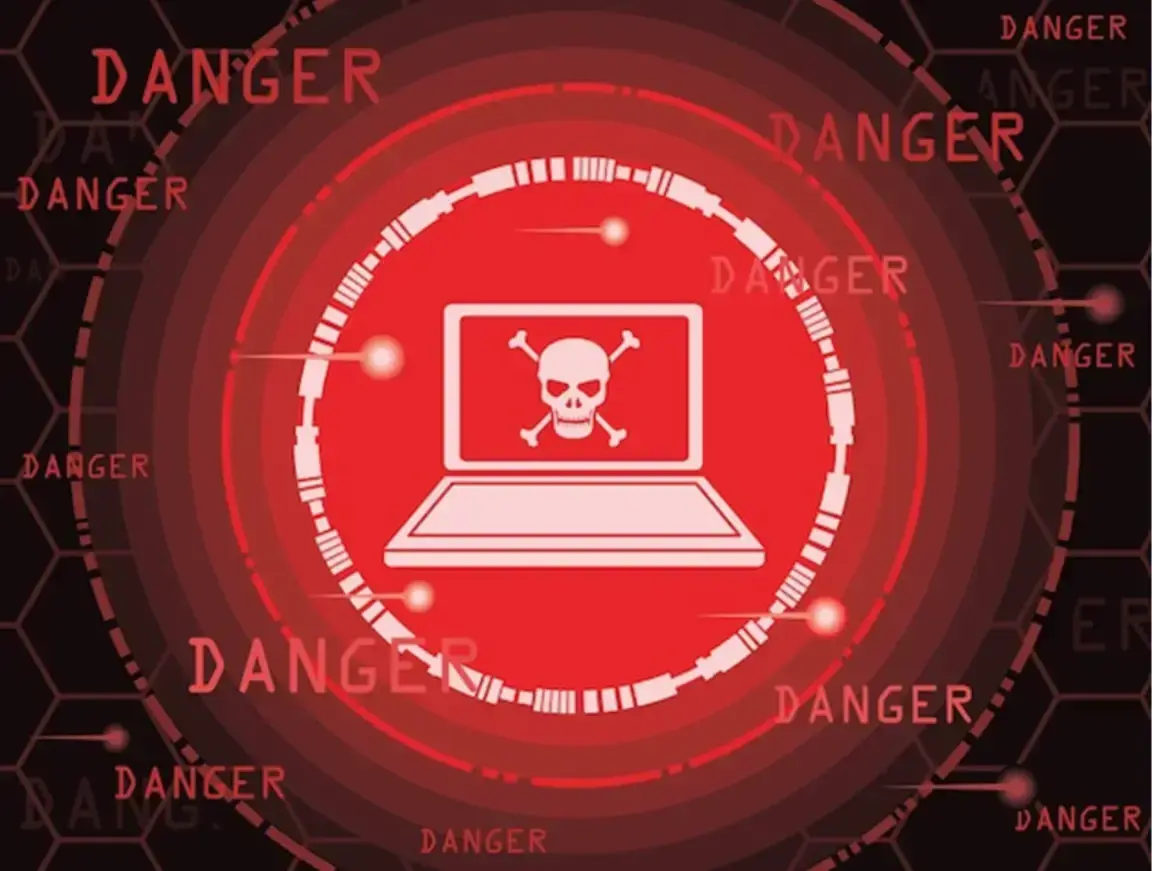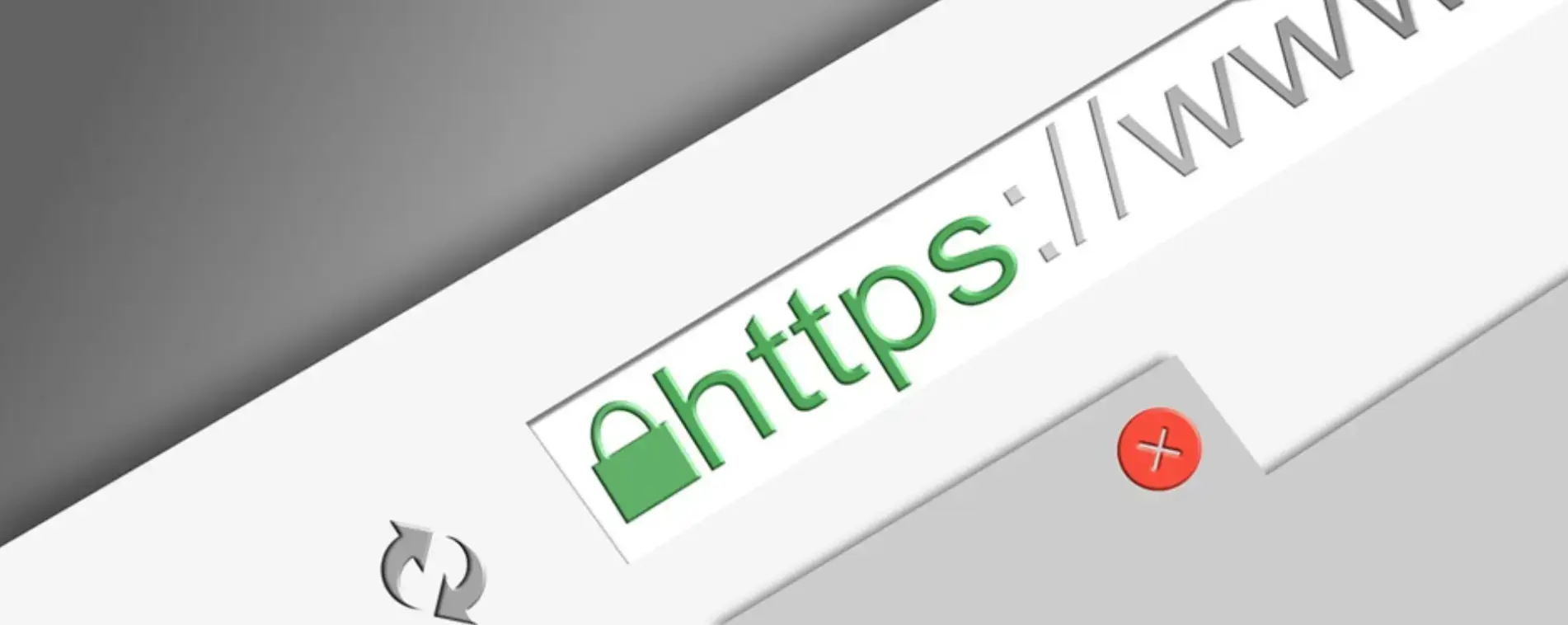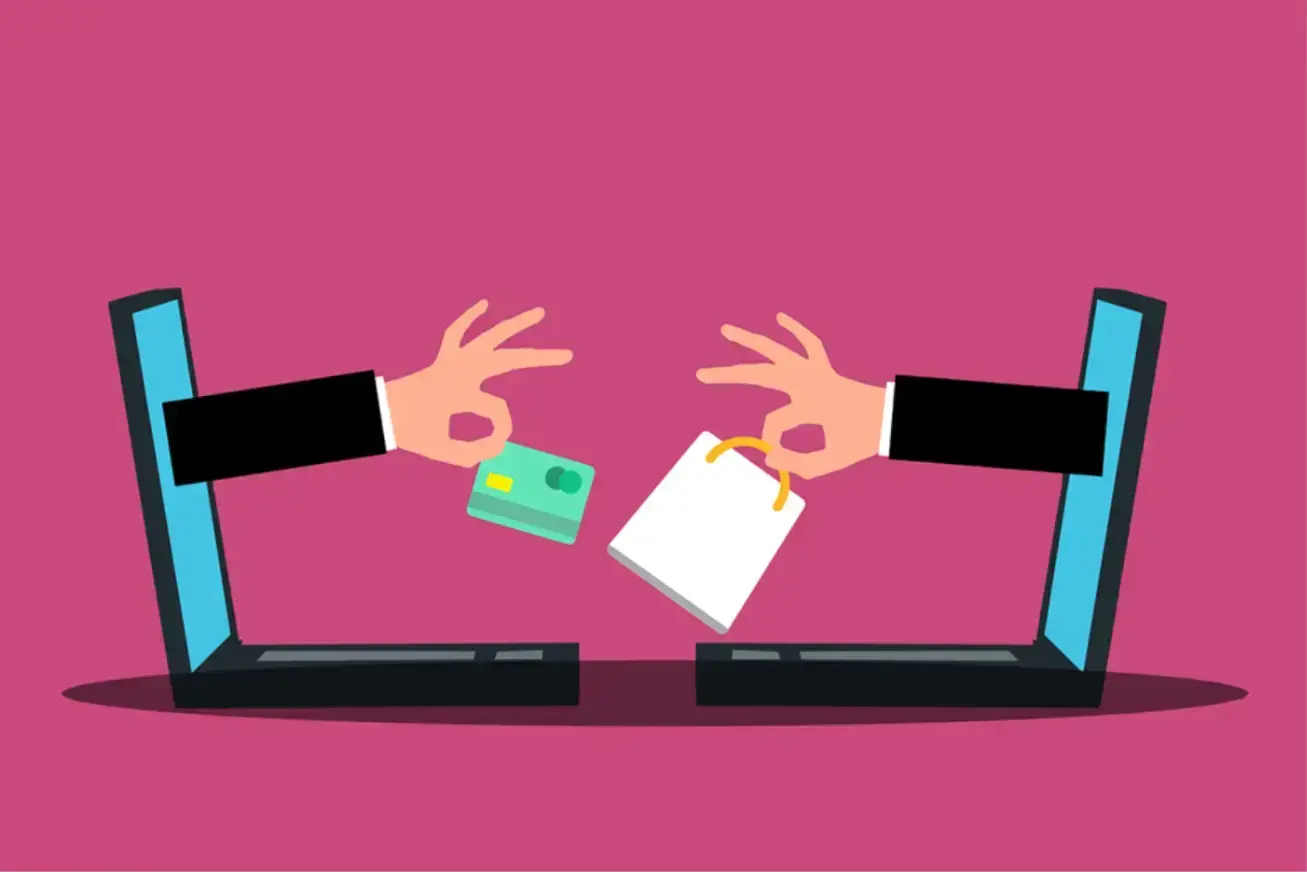Running an e-commerce store today means offering great products and a smooth customer experience while safeguarding your site from the ever-increasing number of cyber threats.
Online shopping involves the constant exchange, use, and storage of sensitive information.
Every time a customer submits their credit card details or personal information on your website, they’re placing their complete trust in you. Given this immense pressure, a single “security incident” could hit your revenue, reputation, and legal standing hard.
Article Shortcuts:
- Common Cyber Threats Against Which Your Online Store Needs Protection
- Website Security Best Practices: How to Secure Your E-Commerce Website
- Frequently Asked Questions
E-commerce website security demands ongoing effort to stay updated on evolving threats and learn new ways to fight them. Balancing foolproof cybersecurity with a smooth user experience might sound tricky, but it’s definitely achievable.
In this article, we’ll explore proven best practices and proactive measures to keep your e-commerce store secure.

Source: Pexels
Common Cyber Threats Against Which Your Online Store Needs Protection
-
Social engineering
Social engineering occurs when attackers trick their victims into willingly handing over their private information. They often leverage personalized information, such as names or purchase histories, to sound legitimate and slip past basic security checks.
In e-commerce, social engineering often takes the form of phishing, where criminals pose as banks, payment platforms, or other businesses to harvest login credentials or payment information from customers or staff members.
Vishing, its phone-based variant, similarly preys on innocent victims via voice calls.
-
Malware
Malware refers to any malicious software specially designed to infiltrate a digital system—in this case, your e-commerce store—often with the intent to cause severe damage.

Source: Freepik
Ransomware, for instance, can lock you out of your databases until you pay a decryption key—and the ransom can often be very high!
Trojan horses hide within seemingly harmless programs and are activated once they enter your system. Keyloggers record every keystroke in real time in hopes of obtaining important information, such as login credentials or payment details, from you or your customers.
-
DDoS attacks
A DDoS (Distributed Denial of Service) attack would overwhelm your e-commerce website with a flood of fake traffic, disallowing you from serving real customers.
By generating excessive requests from other already infected devices, the attacker can slow your site to a crawl or crash it entirely. This means your customers might have trouble browsing products or placing orders, or they might not even be able to access the website at all.
Even momentary downtimes, especially during crucial sales periods, can slash revenue and frustrate customers. Unhappy customers will quickly switch to your competitors.
If you don’t employ the necessary security measures, repeated DDoS attacks could permanently destroy your brand’s reputation and cause irrecoverable damage.
-
SQL injection and cross-site scripting (XSS)
An SQL injection is when attackers misuse your website’s input fields, such as signup forms or search boxes, to insert harmful code – specifically SQL statements – and directly manipulate your database.
These commands could expose sensitive customer information, edit product data, or even delete records entirely, all without your knowledge or permission.
Cross-site scripting (XSS), on the other hand, embeds malicious scripts – also a form of code – into webpages, and they aim to attack not you but your customers.
These scripts run on the customer’s end when they load your website in their device browser. Through XSS, attackers can steal login details, redirect users to fake websites, and more.
Both attacks can seriously damage your customers’ trust, which is why you must adopt secure coding practices and regularly test your website’s security.
-
CNP fraud
CNP (Card-Not-Present) fraud targets transactions where a physical card is not needed to make payments. Criminals use stolen or lost card details for online purchases.
They’ll often start with small “test” transactions to see if the card is valid, and if the card owner doesn’t pick up on what’s happened, they will move on to bigger purchases.
This is bad for customers and can severely impact e-commerce stores. Customers who think your online store is not secure enough to shop at will face refund hassles, high chargeback ratios, and a tarnished reputation.
Website Security Best Practices: How to Secure Your E-Commerce Website
1. SSL/TLS certificates
The move from HTTP to HTTPS was a significant upgrade to website security. If you try to visit an HTTP website on Google Chrome today, it will give you a security warning.

Source: Pixabay
To secure your website with HTTPS and tell browsers that it’s safe, you need an SSL or TLS certificate. Both SSL and TLS, which stand for Secure Sockets Layer and Transport Layer Security, are communication security protocols.
They work behind the scenes to encrypt sensitive data, such as login or payment information, being transmitted between your website and your customers, so cybercriminals can’t decrypt it even if they somehow intercept it.
Note that this is not a one-time thing. These security certificates expire after a particular time.
An expired certificate triggers browser warnings, which can lead to lost search rankings, scared customers, and a drop in revenue. That’s why it’s considered a good practice to opt for security certificate auto-renewal.
A valid SSL/TLS certificate will boost customer confidence and help maintain your brand’s credibility.
2. Safe web development practices and regular patches
Let’s start by looking at the external elements.
Choose a web host that puts security front and center – look for built-in firewalls and malware protection. You might also want to add a CDN (Content Delivery Network) into the mix to keep your site running quickly and smoothly.
Then come the steps that you need to take on your end. Careless web development practices invite SQL injections, XSS, and other cyberattacks, so make sure you follow coding standards that maximize security.
Use version control and rollbacks to quickly fix issues without breaking your entire site. Also, don’t sleep on updates—regularly patch plugins, themes, and core software.
All these steps will protect you against downtime, data leaks, and other threats and performance hiccups.
3. Strong access control and authentication
With role-based access control (RBAC), each team member only has the admin privileges they need.
Access to parts of your e-commerce store’s backend system is granted based on each person’s responsibilities. And multi-factor authentication (MFA) is a must for everyone on your team, especially those handling sensitive data.
It’s also important to train your team in strong password policies, such as renewing passwords every few weeks or months. Alongside that, good session management, such as auto-expiring inactive logins, further reduces the chances of sessions being hijacked.
4. Regulatory compliance
Compliance with local and global regulations isn’t just about avoiding fines but also about winning your customers’ trust. There are several laws in place, such as:
- CCPA and GDPR: personal data protection laws that ensure responsible data storage and transparent opt-ins, among other things
- PCI DSS: focuses on secure handling of payment details, ensuring that they are stored, processed, and transmitted securely
Follow measures like keeping detailed logs of access and transactions, conducting regular audits, maintaining encrypted backups, and using systems that follow data security best practices. This will keep your store and database safe and show your customers that you take their privacy and security seriously.
5. Secure payment mechanisms
Payment security starts with isolating transactions from the rest of your systems or networks. If one area is breached, it doesn’t compromise everything else.

Source: Pixabay
Collaborating with a trusted payment gateway equipped with real-time fraud detection filters is a key way to strengthen your defenses. Adding 3D Secure (3DS) and sticking to PCI DSS standards provides even more protection against fraud and data breaches.
Techniques like tokenization and encryption offer security against unauthorized transactions. They replace sensitive payment details with unique tokens, making them useless even if intercepted.
The main goal is to keep legitimate purchases flowing and scammers locked out of your online store.
6. Regular staff training
With your team as your first line of defense, threats like social engineering and data leaks become far less likely to succeed.
Educate everyone on your team about emerging threats, such as new phishing tactics or malicious AI-driven scams. Conduct regular sessions to train them on new security features.
Share ways to spot red flags and teach them to report suspicious activity and take action when possible immediately. This will keep your business safe from avoidable threats and foster a security-conscious culture.
7. Reliable third-party partnerships
In addition to payment gateways, you might also have to partner with other third-party vendors, such as fulfillment services, marketing tools, cloud security solutions, or hosting services. Each brings its own security risks.
Poorly coded plugins or careless API integrations could also expose your store to cyberattacks. Thus, you must vet all your vendors and partners thoroughly and ensure that their security goals and measures align with your own.
Frequently Asked Questions
1. What is site security in e-commerce?
In e-commerce, website security is the process of protecting your online store from threats like data breaches, malware, and fraud.
E-commerce platforms handle sensitive customer information, including names, contact numbers, addresses, login credentials, and, most importantly, debit or credit card details.
Therefore, it is essential to secure your e-commerce website. Otherwise, you could lose sales, suffer reputational damage, and get into legal trouble.
2. What is recommended as a best practice for e-commerce security?
There is no one practice that could single-handedly enable you to perfect e-commerce security.
You need a layered approach – SSL/TLS certificates, regularly updating your website, access control with MFA, staff training, and secure third-party integrations.
3. How can you confirm that an e-commerce website is secure?
When customers visit your website, the URL in their browser's address bar will contain “https” before the domain name. They should also be able to see a valid SSL/TLS certificate, often indicated by a padlock icon. This will let them know your e-commerce website is secure.
4. How can I protect my e-commerce website from cyberattacks?
You can protect your e-commerce website from cyberattacks by installing firewalls and malware detection systems, regularly updating your software, offering secure digital payment methods, purchasing an SSL/TLS certificate, implementing role-based access control, setting up multi-factor authentication, and defining clear processes for quick incident reporting.
Also, make sure you, your team, and your customers stay aware and updated on new threats.
Conclusion
Every site security measure needs to be considered an ongoing commitment rather than a one-time solution. You must make conscious efforts to stay aware of the latest cyber threats and frequently run security and audit checks on your e-commerce website.
If you want to keep your e-commerce site secure, you must also implement multiple defense mechanisms. The most important ones include SSL/TLS encryption, secure coding practices, trusted payment systems, and well-trained internal teams.
A well-protected store boosts revenue and keeps customers happy by making them believe you truly value their privacy and are worthy of their complete trust.
Author Bio
Ralf Llanasas is an SEO consultant with a strong background in Information Technology and over eight years of experience optimizing websites for performance and security. With a deep understanding of web technologies, he helps businesses strengthen their online presence while ensuring their sites remain resilient against evolving digital threats. As the co-founder of EthicalSEO.io, Ralf specializes in technical SEO, website optimization, and best practices that align with both search engine algorithms and cybersecurity principles.


